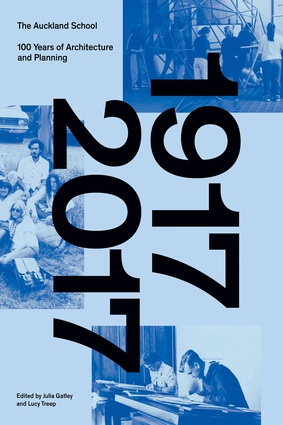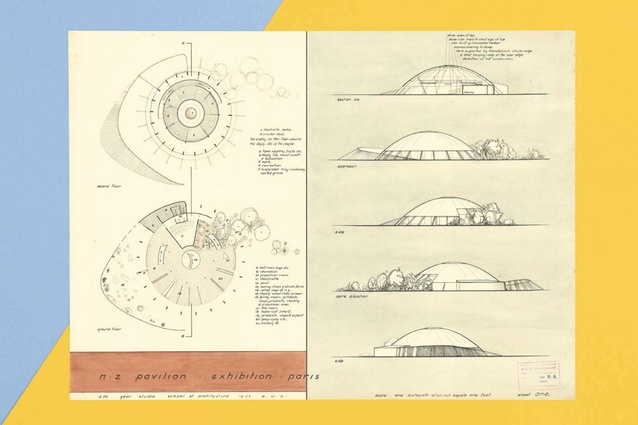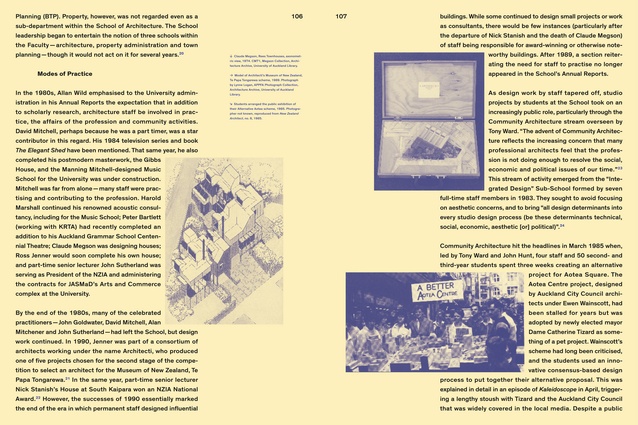Book review: The Auckland School: 100 Years of Architecture and Planning
Guy Marriage reviews The Auckland School: 100 Years of Architecture and Planning, by editors Julia Gatley and Lucy Treep.
The School of Architecture and Planning at the University of Auckland has just celebrated its first century, and it has commemorated it with an amazing array of events. These included a fantastic exhibition of 100 years of drawings at the Gus Fisher Gallery, a small but invigorating exhibition on the slowly growing presence of Women in Architecture at the school, an excellent retrospective symposium held over three days in September, a massive dinner at the Pullman Hotel for just about everyone who ever studied architecture and, of course, a book, The Auckland School, superbly put together by editors Julia Gatley and Lucy Treep. The events are all so intimately woven together that it’s hard to separate them out, so in the spirit of this interdisciplinary time, here’s a review of all of them.
The symposium on the school’s history was an excellent occasion – good papers, many speakers reminiscing on bygone architectural eras and quite a few hilarious photos, some involving various degrees of undress. Kerry Francis’s pics of the geodesic domes built for the 1972 student congress really brought it home that, in those heady days of Nambassa and Sweetwaters, there was a sweet innocence of architecture as yet untrammelled by the interference of commerce.

Architecture students now have to be business savvy, and geodesic domes may not be in their plans any more but, nonetheless, the brilliance and enjoyment of an architectural education still continues to draw in the best of each generation. Peter Wood’s expose on Claude Megson’s modus operandi was, as always, both amusing and uncomfortable. Discussion on the presence (or absence) of women in architecture, firmly enumerated by Gill Mathewson, was both appropriately challenging and vigorously debated. Above all, the symposium was a valuable record of the way architectural education has evolved over the last century: who knows where we will be in the next hundred years.
The Auckland School is a good looking but curious beast, being part straightforward historical record, part recounting of why staff were hired and fired, part catalogue of a hundred years of fantastic pen-and-pencil work drawings, and part student reminiscences of 100 years of learning ‘how to be an architect’. Was all this biting off too much to chew? Perhaps, but it’s still a fascinating read.
Although I’m now based in Wellington, I was once a student at Auckland when the old brick, steel and timber studios had just been expunged and replaced by the current edifice. The Auckland School covers the opening of the library wing with the new Design Theatre, made magical by the lectures of John Dickson and the plays staged by Dorita Hannah and Tommy Honey. Indeed, the joy of reading the book is in bringing back to life the characters of the time and the great times we had as students.
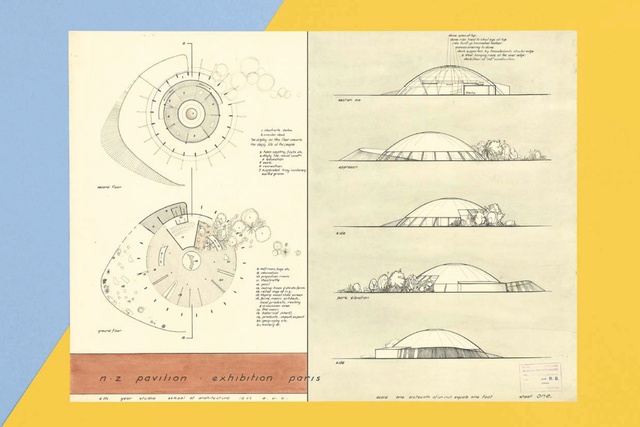
The book is intricately researched and well referenced, paying an appropriate homage to the heroes of the day and giving a wistful farewell to the dearly departed. I’m still astounded that Auckland could get rid of John Dickson, possibly Aotearoa’s greatest and most inspiring architectural provocateur, or that the Auckland school linked up with the School of Dance rather than Engineering, but large institutions do strange things at times.
Luckily, the Architecture Library is still one of the finest specialist libraries in the country, with its extensive array of models, drawings, paintings and books and, thankfully, both Bruce Howie and Wendy Garvey are credited for their amazing service over the years. So too are the inimitable Pat Hanley and Claudia Pond Eyley, teaching a generation of architects how to draw, paint and recognise the big issues within everything (a hint: squint!).
You may rush to check the index and see if you feature in this volume. You’re probably not (sorry), but Gatley and Treep have included an extraordinary amount of detail about people who have passed through the doors over the last century. Gatley, Treep, (Bill) McKay and (Andrew) Barrie all write about different periods of the School of Architecture, while Elizabeth Aitken Rose pens a chapter on the School of Planning, whose history is inextricably interwoven with the architects.
Claude Megson is appropriately eulogised and the running battle between Megson and Mitchell makes just as good a reading as the skirmishes between Professors Knight, Light and Toy. The book chronicles Allan Wild’s extensive stewardship of the School, along with the student rebellions of ’48, ’67, and ’72. Surely it must be time for the students to revolt once more? Or are they too busy studying? If you don’t know what I’m on about, you’ll have to buy the book.
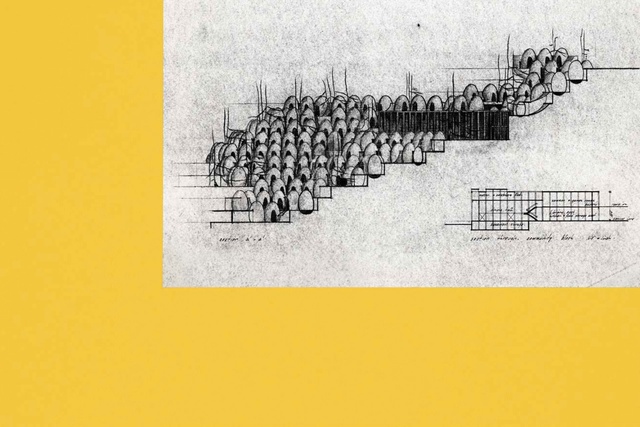
The culmination of the centenary events was, of course, a massive booze up and posh dinner at a nearby hotel – which seems somehow appropriate for a school that would always celebrate end of term with a piss-up at the Kiwi Tavern across the road. It must be said that this is an area in which the Auckland school has always excelled – drinking and informal camaraderie between staff and students.
The dinner was no exception, with generations of architects and staff all enjoying the company of long-lost friends and lovers. No doubt some of you are balder than you were in the ’70s, some of us are undeniably fatter than we were in the ’80s and, inexplicably, some of you are looking even better now than you were back in the ’90s. Thankfully, we all seem to be a lot better dressed.

The rest of the evening was a bit of a blur: of faces recalled and tales told of everyone’s wives, husbands and children, marvelling at where some people had got to in their heady careers, the sad absence of several who were no more, and the amazement that some people hadn’t changed a bit. Kerry Morrow hasn’t aged a day! Ross Jenner – more ascerbic than ever! Pip Newman re-emerging from an extensive Italian adventure. Superstar Chris Moller surrounded by groupies unsure whether to congratulate him or bag him. Kevin Brewer and I valiantly discussing the finer points of the Basin Bridge enquiry over a bottle of red. There was more but memories are getting murky.
The highlight was Dave Mitchell taking the spotlight in surprisingly good form, telling us about his first few days at University. Describing his early sketching work as looking like a “blizzard of graphite” washing down over the page, Mitchell confided that he wasn’t always an ‘A’ student and that the only reason he didn’t quit right at the start was because he was terrified of what his father would say. Dave battled on and, as we all know now, eventually became one of New Zealand’s best architects and a Gold Medal winner: there’s hope for us all then.
It was an excellent way to celebrate the first 100 years: as none of us will be around to see the next centenary, let’s just hope that the architecture originating in 100 years’ time is still so worthy of praise. Onwards!

